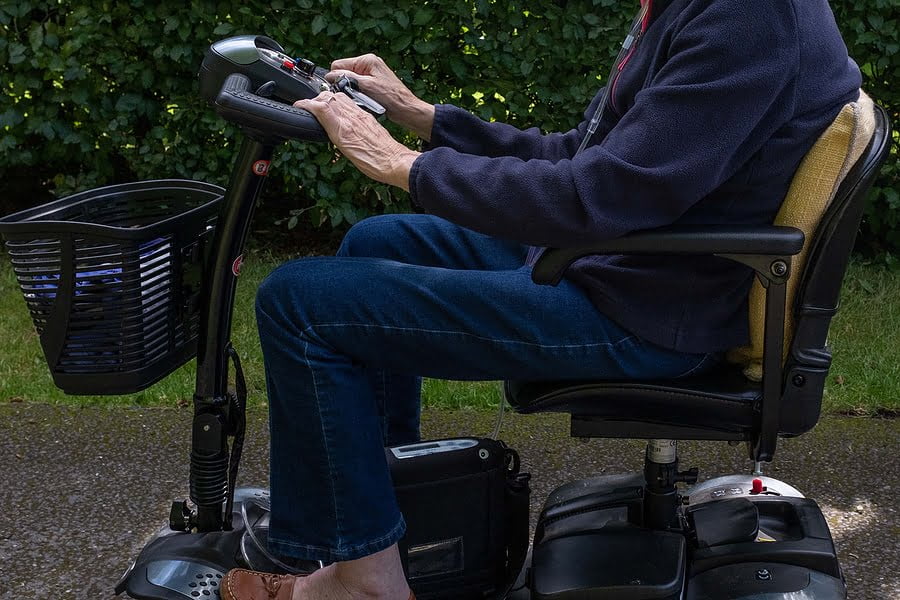
The Evolution Of Accessible Motoring
One of the most important aspects of independent living is the freedom to travel wherever you want, whenever you want. This has led to a range of accessibility solutions, each of which has brought a different idea of what it means to make the world more accessible.
Ever since Stephan Farffler designed the first self-propelling wheelchair in 1655, accessible travel has been evolving in a range of different directions, but arguably the biggest push in this regard came after the Second World War, thanks to the establishment of the National Health Service.
The Rise And Fall Of The Invacar
Arguably the most famous single example of an accessible vehicle was the Invacar, invented by Bert Greeves in 1946 as an adaptation of a motorcycle that his paralysed cousin, Derry Preston-Cobb, could travel around in.
After the Second World War, many former members of the armed forces were in the same situation as Mr Preston-Cobb, and so Mr Greeves asked the government for support to make his adaptation widely accessible.
They agreed, and thus the Invacar was born, which were a series of motorised trikes designed to be used by people in wheelchairs.
They had space for a folding wheelchair, were easy to get into from a wheelchair and used a tiller control, which was more accessible for people with limited limb mobility.
Interestingly, it was provided for free under the NHS for disabled people who qualified for the scheme and were managed by the Ministry for Health. The reason for this is that the vehicles were seen more like canes, prosthetic limbs and wheelchairs rather than cars.
They were, as a result, relatively standardised, with duck-egg blue bodywork and room for exactly one person.
Whilst quite a few people liked the vehicles it did not factor in that everyone’s needs are unique, and an Invacar is less useful perhaps for a parent who wants an adapted vehicle to take their child to school. It was illegal to attempt it and Freda Blyth was even taken to court for doing so.
They were seen as isolating, and taking a wheelchair-like approach to accessible motoring was becoming less popular.
As well as this, the vehicles were somewhat troublesome to drive on the road. Much like the infamous Reliant Robin, the three-wheel system, their lightweight fibreglass shells were prone to breaking,
although ironically this accidentally worked like a crumple zone to protect the occupant.
This pressure eventually led to the Invacar scheme being closed in 1976, which took until 1981 to come into effect and even then would see people use their cars for a further twenty years, preferring them to more standard adapted cars.
The end of the Invacar came in 2003, when the cars were banned from the road on safety grounds, but leaving a fascinating legacy behind.
The Rise Of Motability
In 1976, the philosophy of providing accessible motoring changed with the introduction of the Mobility Allowance (now part of the Disability Living Allowance), which replaced the Invacar with a cash allowance that could be used to buy and adapt a car of their own.
To help with this, Motability was set up in 1977 as a charity that worked with manufacturers to provide adapted cars that were fully serviced, insured and part of a full mobility package, even if their allowance did not cover the full cost.

